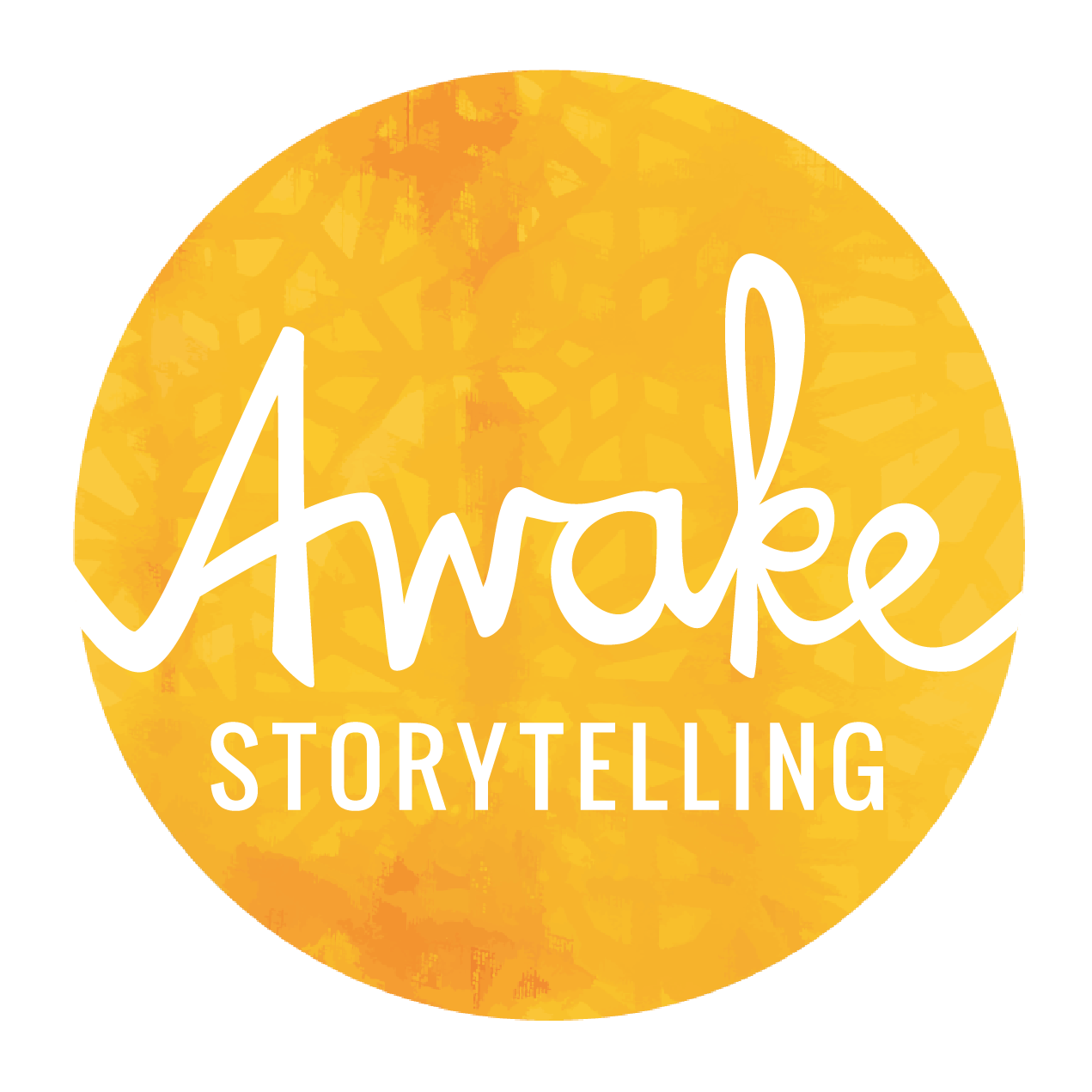Storytelling isn’t just about raising money—it’s about building relationships, shifting culture, and strengthening movements. Nonprofits have the power to use storytelling not only to fundraise but to foster solidarity, bringing people together in collective action.
From Individual Charity to Collective Action
Traditional nonprofit storytelling often focuses on individuals—highlighting one person’s hardship and how a donor’s contribution made a difference. While this approach can be compelling, it sometimes reinforces a charity mindset rather than a movement-building one.
Solidarity-based storytelling shifts the focus from individuals in need to communities in action. It frames issues as systemic rather than personal and invites audiences to see themselves as co-creators of change, not just one-time helpers.
Telling Stories That Connect Struggles
Nonprofits working toward justice can use storytelling to show how different issues—housing, immigration, racial justice, climate justice—are interconnected. By weaving together narratives that highlight shared struggles and collective solutions, organizations can:
Build stronger alliances across movements.
Inspire deeper, long-term engagement.
Shift perspectives from “us helping them” to “we’re in this together.”
How to Use Storytelling for Solidarity
Highlight community-driven solutions – Show how people are organizing and leading their own change.
Lift up multiple voices – Share perspectives from activists, impacted communities, and supporters working together.
Frame stories around systems, not just symptoms – Connect personal experiences to the larger forces at play.
Solidarity starts with the stories we tell. Let’s tell stories that build power together.
